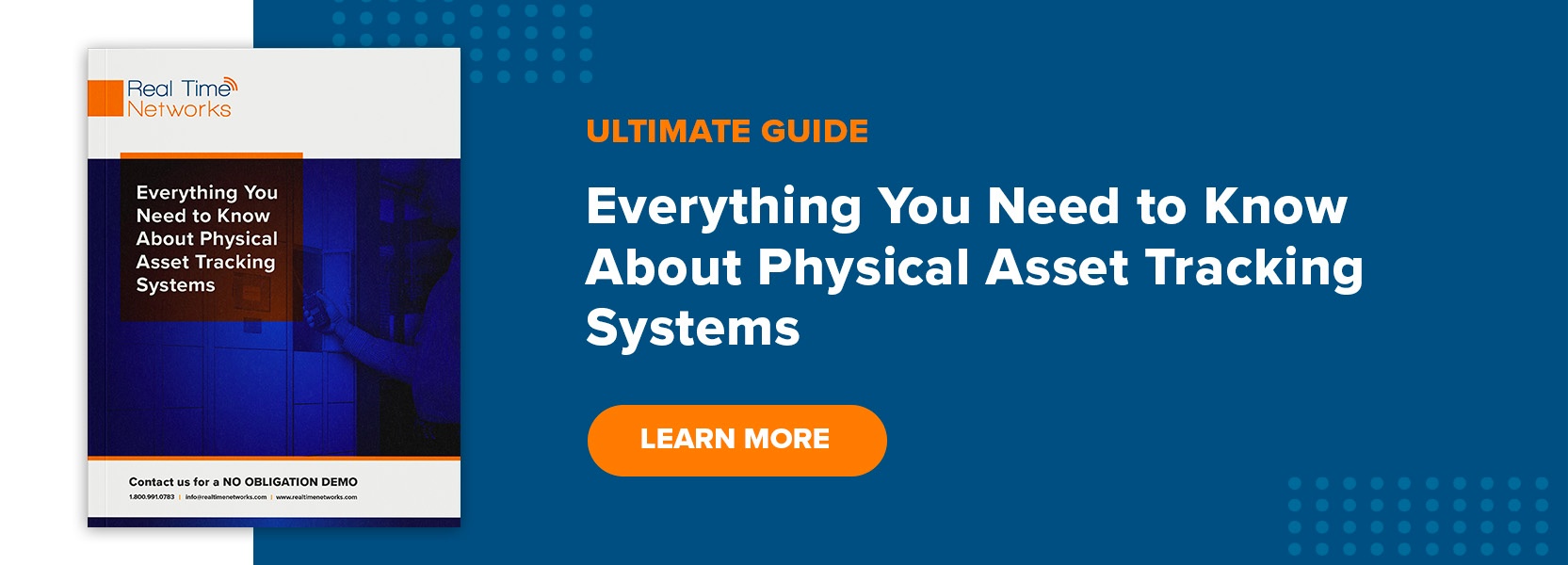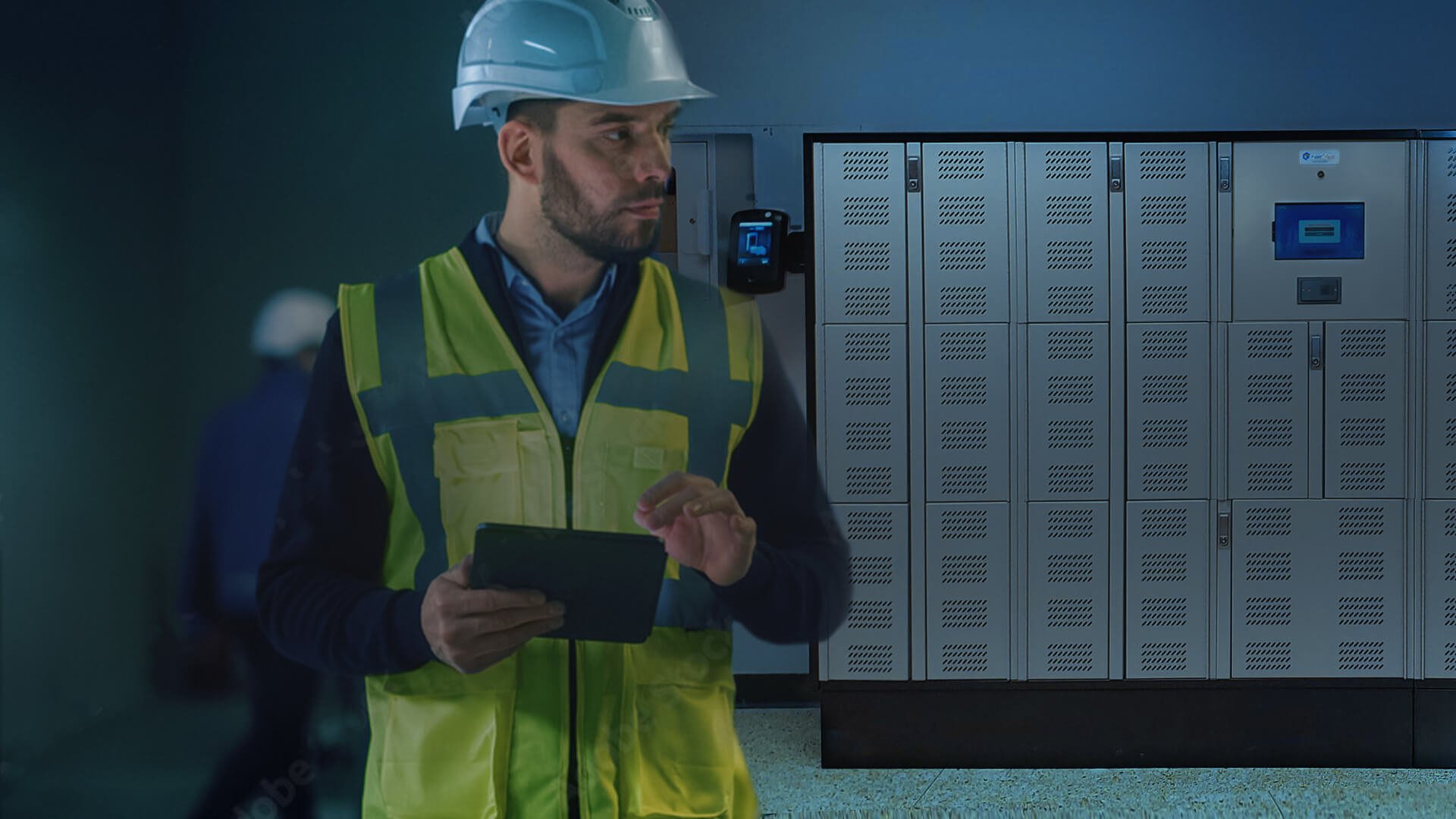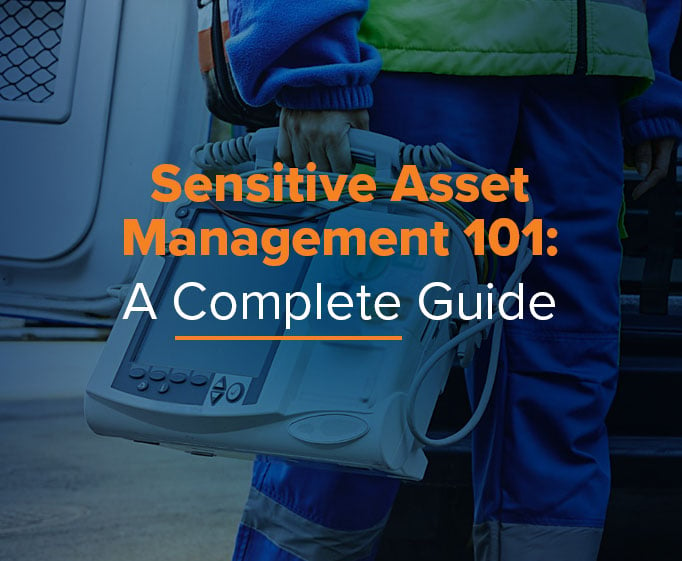By Jay Palter | March 30, 2021
Indoor location tracking systems are powerful technology with a broad range of potential applications. Using a network of transmitters and receivers, they can assemble a detailed picture of how your people and assets move through your facility in real time.
This article will explain how these systems work and shed some light on the different wireless technologies used for indoor tracking. Then we’ll show you six of the most significant benefits indoor tracking systems can offer.
How do indoor location tracking systems work?
Indoor location tracking systems can go by several names. They’re also called indoor positioning systems (IPS) or real-time location systems (RTLS). No matter what name they go by, these systems provide detailed location intelligence on tracked assets using a network of transmitters and receivers.
Transmitters
These are also called tags or badges, depending on their form factor. No matter the name, these devices transmit a person or asset’s identification.
Transmitters can be attached or embedded in valuable assets. They can also be worn as a badge or sewn into uniforms or PPE.
Receivers
These are also called beacons. They receive location and ID signals from the transmitters and relay that information over your network to the central management system.
Indoor location tracking systems are used across a broad range of industries and for tracking many different types of resources, including at-risk personnel, high-value equipment and materials, and vehicles.
What’s the difference between GPS and IPS?
GPS and IPS services are often confused because they perform similar tasks and have similar acronyms. GPS is primarily used outdoors because that technology requires satellite connections to determine locations.
Indoors, GPS signals are unreliable. They often can’t provide the level of precision businesses need for indoor positioning in crowded indoor environments. However, indoor GPS applications are an area of ongoing research, and new options may become available in the future.
What are the different types of tracking technology?
A variety of different wireless technologies are used for IPS. Most use radio frequency signals because these signals can pass through many materials commonly found at worksites.
Wi-Fi-based systems
These IPS systems use the same infrastructure as wireless internet service. They track the ID number—called a MAC address—of each connected device’s Wi-Fi card. They have a range of up to 150 meters, which is long compared to most other IPS systems. The trade-off is that Wi-Fi IPS tends to be less accurate, often placing an object within 15 meters of its actual location.
Bluetooth systems
This is a short-range wireless technology commonly used to pair electronic devices, such as pairing headphones to a smartphone. Bluetooth IPS has a relatively short range of 25 meters but can be accurate to within 3 meters.
Bluetooth IPS is useful if you already have a large population of existing Bluetooth-enabled assets in your workplace. If so, using Bluetooth IPS may allow you to reduce costs by utilizing your existing network infrastructure.
Ultra-wideband (UWB) IPS
UWB IPS utilizes a much higher radio frequency than Bluetooth or Wi-Fi. It works well in workplaces crowded with materials that disrupt lower frequencies, such as metal surfaces or thick walls.
UWB is very accurate, usually able to locate assets within a few centimeters, and has an effective range comparable to Wi-Fi. However, UWB systems come at a higher price point.
Infrared (IR) IPS
These systems use an infrared beam of light to transmit location data from tags to receivers, much like a TV remote control. IR IPS uses very little power, and systems are usually lower cost.
Infrared signals can’t pass through walls. That can either be good or bad, depending on the IPS application you have in mind. For example, if room-level accuracy is all that matters to you, then infrared IPS may be the right choice because signals can’t bleed outside the room.
Passive RFID systems
Passive RFID tags have no battery. They receive their power wirelessly from receivers. As such, they have a very short range, usually only about 15 centimeters, which makes this technology best suited for “checkpoint” tag scanning rather than in-the-field locating.
RFID operates at a frequency that can pass through cloth and plastic materials, but not metal. It doesn’t require line-of-sight like IR systems.
Active RFID systems
Unlike passive tags, active RFID tags have batteries. Tags constantly broadcast their location to receivers instead of requiring users to bring them to checkpoints.
Active RFID systems have a more extended range, from 50 meters up to 150 meters, in wide-open environments. Otherwise, they offer similar, reliable functionality to passive systems but at a slightly higher price point.
Acoustic (ultrasonic) systems
Ultrasonic IPS systems transmit location information using sound instead of light, somewhat like how sonar signals “ping” off a target. These systems can be highly accurate, but solid surfaces block signals, so they are usually viable only in larger, open facilities.
What are 6 benefits of using an indoor location tracking system?
No matter which technology you use, indoor location tracking systems offer six major benefits to any company building a world-class security program.
1. Real-time insights
You can get up-to-the-second intelligence on what is happening in your facility. Find out where different personnel are located at any given moment. See how critical assets move through your facility during the workday.
2. Comprehensive management
Look for a tracking system that offers a management portal available where you need it on authorized PCs, tablets, and smartphones in the field. Management portals show you everything you need to know about tracked assets in an easy-to-use dashboard. No more flipping through paper logs to find out who took a particular device off-site three weeks ago.
Another popular management feature is the ability to configure alerts for different triggered events. For example, you could set a text alert to go to a supervisor’s phone if a security officer leaves their assigned post. Or you could set an audible alarm to sound should a high-value asset pass through an exit.
3. Elimination of human error
Automated tracking is not only more efficient than manual tracking, but it also eliminates human error. People get tired, have lapses in judgment, and accidentally leave valuable assets out in the open for anyone to take. Or they might misenter a duty roster leaving a highly sensitive location unstaffed.
Indoor location tracking systems can issue alerts when people or assets pass any perimeters you’ve defined. You can get an instant email, text, or audible alert should someone or something leave a given area.
4. Quicker incident response
Indoor location tracking systems help keep your people safe. Real-time data shows you exactly where everyone is the instant someone reports an accident or other emergency.
Lone workers can trigger requests for assistance when they’re out of communication. Security and emergency services can see precisely where they’re located. Leadership can see which security officers are closest to a reported incident and route those officers to intervene.
5. Better evacuation management
Tracking systems can also be part of automated mustering solutions. These solutions automatically track personnel at risk in your facility during an evacuation or other emergency. Personnel are automatically marked safe when they approach designated muster points, so managers don’t need to take roll calls manually. That allows your emergency managers to focus on incident response and coordinating with first responders.
6. Easier drilling
In addition to actual emergencies, you can use location tracking systems as support tools during your emergency preparedness training. You can see in real time how different departments, even different individuals, are performing.
You can identify where you might have assigned inefficient evacuation routes and determine who to target for follow-up training. Use all of this gathered intelligence to shave minutes off your evacuation and shutdown times.
Use indoor tracking to protect your most valuable resources.
Indoor location tracking systems, IPS, RTLS—no matter the name—offer companies better insight into their most valuable resources’ movements. They protect people day-to-day and during emergencies. They give you actionable business intelligence on how your assets are used in real-time.
Want to learn more about integrating an indoor location tracking system into your physical security program? Check out our guide, Physical Security 101: How to Start Building a World-Class Security Program.
Subscribe to our blog

Jay Palter
Vice President of Marketing & Partnerships






